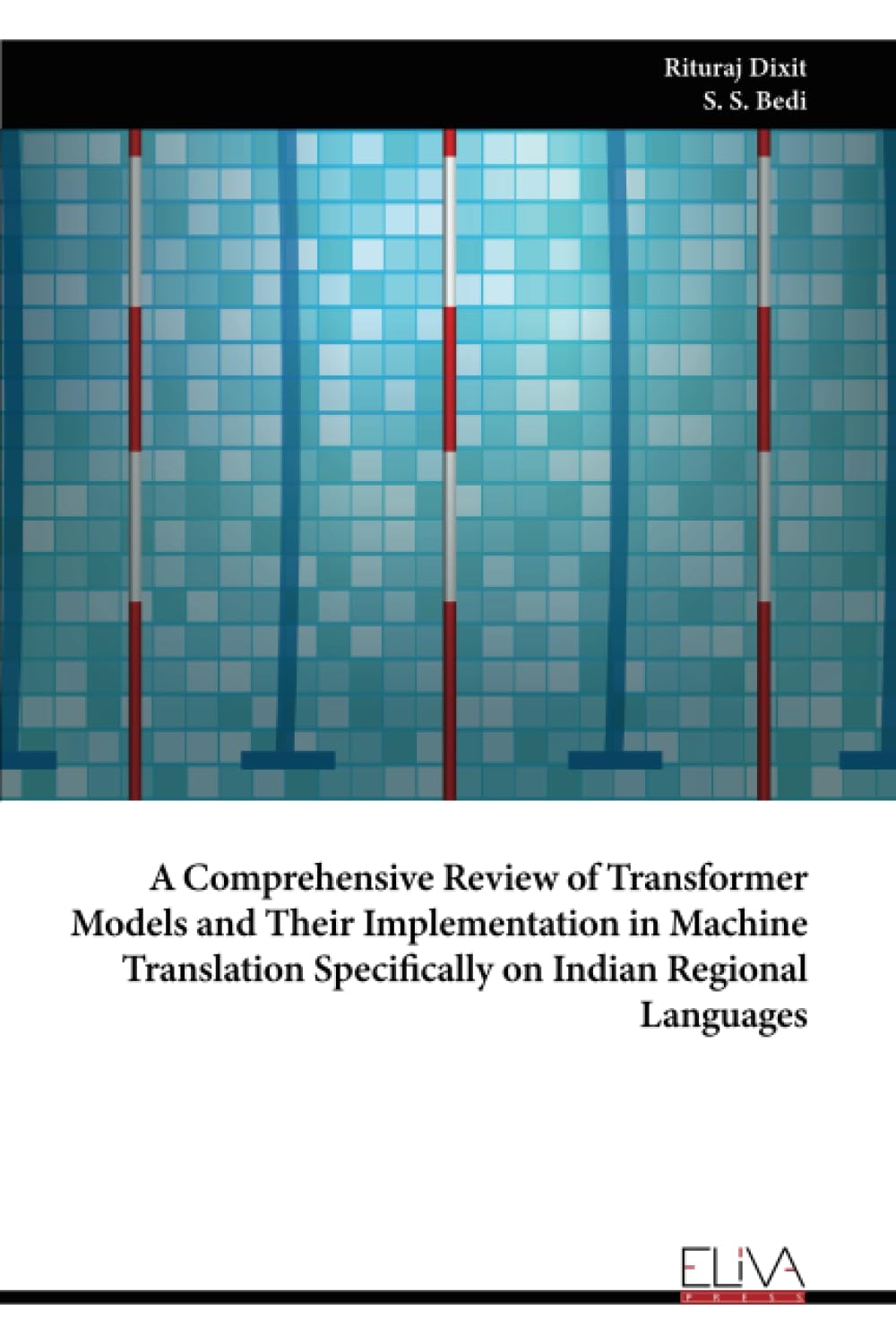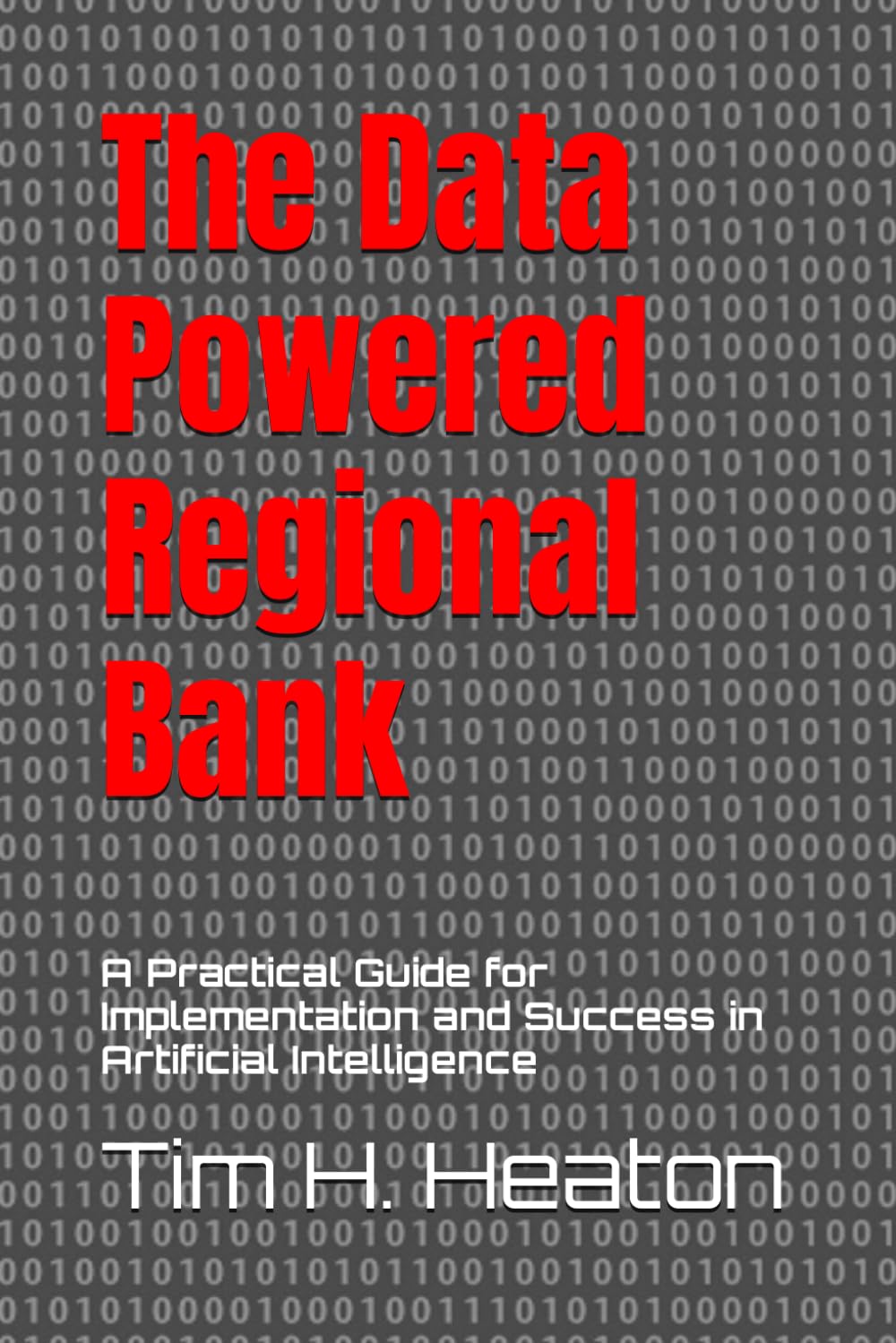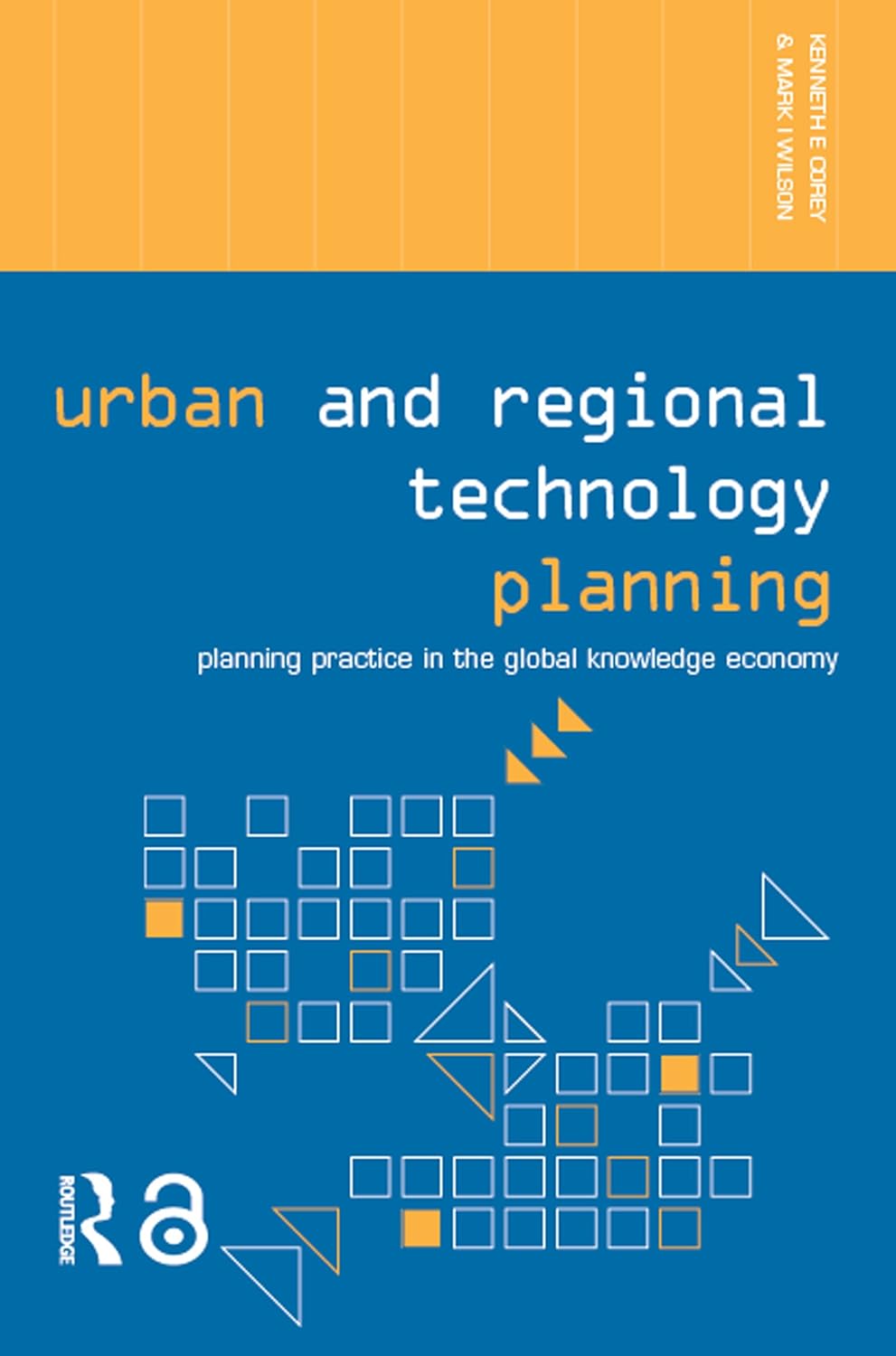Government, like all institutions, runs on people. We need more people with the right skills and expertise for the many critical roles that public agencies are hiring for today. Yet hiring talent in the federal government is a longstanding challenge. The next Administration should unpack hiring strategy from headquarters and launch a series of large scale, cross-agency recruitment and hiring surges throughout the country, reflecting the reality that 85% of federal employees are outside the Beltway. With a collaborative, cross-agency lens and a commitment to engaging jobseekers where they live, the government can enhance its ability to attract talent while underscoring to Americans that the federal government is not a distant authority but rather a stakeholder in their communities that offers credible opportunities to serve.
Challenge and Opportunity
The Federal Government’s hiring needs—already severe across many mission-critical occupations—are likely to remain acute as federal retirements continue, the labor market remains tight, and mission needs continue to grow. Unfortunately, federal hiring is misaligned with how most people approach job seeking. Most Americans search for employment in a geographically bounded way, a trend which has accelerated following the labor market disruptions of the COVID-19 pandemic. In contrast, federal agencies tend to engage with jobseekers in a manner siloed to a single agency and across a wide variety of professions.
The result is that the federal government tends to hire agency by agency while casting a wide geographic net, which limits its ability to build deep and direct relationships with talent providers, while also duplicating searches for similar roles across agencies. Instead, the next Administration should align with jobseekers’ expectations by recruiting across agencies within each geography.
By embracing a new approach, the government can begin to develop a more coordinated cross-agency employer profile within regions with significant federal presence, while still leveraging its scale by aggregating hiring needs across agencies. This approach would build upon the important hiring reforms advanced under the Biden-Harris Administration, including cross-agency pooled hiring, renewed attention to hiring experience for jobseekers, and new investments to unlock the federal government’s regional presence through elevation of the Federal Executive Board (FEB) program. FEBs are cross-agency councils of senior appointees and civil servants in regions of significant federal presence across the country. They are empowered to identify areas for cross-agency cooperation and are singularly positioned to collaborate to pool talent needs and represent the federal government in communities across the country.
Plan of Action
The next Administration should embrace a cross-agency, regionally-focused recruitment strategy and bring federal career opportunities closer to Americans through a series of 2-3 large scale, cross-agency recruitment and hiring pilots in geographies outside of Washington, DC. To be effective, this effort will need both sponsorship from senior leaders at the center of government, as well as ownership from frontline leaders who can build relationships on the ground.
Recommendation 1. Provide Strategic Direction from the Center of Government
The Office of Personnel Management (OPM) and the Office of Management and Budget (OMB) should launch a small team, composed of leaders in recruitment, personnel policy and workforce data, to identify promising localities for coordinated regional hiring surges. They should leverage centralized workforce data or data from Human Capital Operating Plan workforce plans to identify prospective hiring needs by government-wide and agency-specific mission-critical occupations (MCOs) by FEB region, while ensuring that agency and sub-agency workforce plans consistently specify where hiring will occur in the future. They might also consider seasonal or cyclical cross-agency hiring needs for inclusion in the pilot to facilitate year-to-year experimentation and analysis. With this information, they should engage the FEB Center of Operations and jointly select 2-3 FEB regions outside of the capital where there are significant overlapping needs in MCOs.
As this pilot moves forward, it is imperative that OMB and OPM empower on-the-ground federal leaders to drive surge hiring and equip them with flexible hiring authorities where needed.
Recommendation 2. Empower Frontline Leadership from the FEBs
FEB field staff are well positioned to play a coordinating role to help drive surges, starting by convening agency leadership in their regions to validate hiring needs and make amendments as necessary. Together, they should set a reasonable, measurable goal for surge hiring in the coming year that reflects both total need and headline MCOs (e.g., “in the next 12 months, federal agencies in greater Columbus will hire 750 new employees, including 75 HR Specialists, 45 Data Scientists, and 110 Engineers”).
To begin to develop a regional talent strategy, the FEB should form a small task force drawn from standout hiring managers and HR professionals, and then begin to develop a stakeholder map of key educational institutions and civic partners with access to talent pools in the region, sharing existing relationships and building new ones. The FEB should bring these external partners together to socialize shared needs and listen to their impressions of federal career opportunities in the region.
With these insights, the project team should announce publicly the number and types of roles needed and prepare sharp public-facing collateral that foregrounds headline MCOs and raises the profile of local federal agencies. In support, OPM should launch regional USAJOBS skins (e.g., “Columbus.USAJOBS.gov”) to make it easy to explore available positions. The team should make sustained, targeted outreach at local educational institutions aligned with hiring needs, so all federal agencies are on graduates’ and administrators’ radar.
These activities should build toward one or more signature large, in-person, cross-agency recruitment and hiring fairs, perhaps headlined by a high profile Administration leader. Candidates should be able to come to an event, learn what it means to hold a job in their discipline in federal service, and apply live for roles at multiple agencies, all while exploring what else the federal government has to offer and building tangible relationships with federal recruiters. Ahead of the event, the project team should work with agencies to align their hiring cycles so the maximum number of jobs are open at the time of the event, potentially launching a pooled hiring action to coincide. The project team should capture all interested jobseekers from the event to seed the new Talent Campaigns function in USAStaffing that enables agencies to bucket tranches of qualified jobseekers for future sourcing.
Recommendation 3. Replicate and Celebrate
Following each regional surge, the center of government and frontline teams should collaborate to distill key learnings and conclude the sprint engagement by developing a playbook for regional recruitment surges. Especially successful surges will also present an opportunity to spotlight excellence in recruitment and hiring, which is rarely celebrated.
The center of government team should also identify geographies with effective relationships between agencies and talent providers for key roles and leverage the growing use of remote work and location negotiable positions to site certain roles in “friendly” labor markets.
Conclusion
Regional, cross-agency hiring surges are an opportunity for federal agencies to fill high-need roles across the country in a manner that is proactive and collaborative, rather than responsive and competitive. They would aim to facilitate a new level of information sharing between the frontline and the center of government, and inform agency strategic planning efforts, allowing headquarters to better understand the realities of recruitment and hiring on the ground. They would enable OPM and OMB to reach, engage, and empower frontline HR specialists and hiring managers who are sufficiently numerous and fragmented that they are difficult to reach in the present course of business.
Finally, engaging regionally will emphasize that most of the federal workforce resides outside of Washington, D.C., and build understanding and respect for the work of federal public servants in communities across the nation.
This action-ready policy memo is part of Day One 2025 — our effort to bring forward bold policy ideas, grounded in science and evidence, that can tackle the country’s biggest challenges and bring us closer to the prosperous, equitable and safe future that we all hope for whoever takes office in 2025 and beyond.
One key aspect of a regional federal talent strategy is collaboration between government, industry, and educational institutions. By working together, these stakeholders can identify the specific skills and competencies needed in the region and develop targeted programs to train and develop talent.
Another important component of a regional federal talent strategy is investing in education and training programs that will equip individuals with the skills needed to succeed in the workforce. This may include expanding access to higher education, providing support for lifelong learning, and promoting apprenticeship and internship programs.
Additionally, regions must focus on creating an inclusive and diverse talent pipeline. By ensuring that all individuals, regardless of background or circumstances, have access to education and training opportunities, regions can tap into a wider pool of talent and drive innovation and growth.
In conclusion, developing a regional federal talent strategy is essential for regions to thrive in today’s competitive economy. By collaborating with key stakeholders, investing in education and training, and promoting diversity and inclusion, regions can attract and retain top talent and position themselves for long-term success.
Tags:










